The Asian continent stretches thousands of miles from the Middle East, through the Indian subcontinent and on to Japan. And the myriad countries found there have all made their historical culinary contributions.
Geography
There are basically three Asian dietary cultures, mostly unique, but sometimes overlapping. They are divided into the southwest, northeast and the southeast cultures.
China
China is part of the northeast culinary culture. It is believed that Chinese cuisine originated in the 15th century B.C. Over the centuries, two influential Chinese--Confucius and Tao--helped shape their country's food. Confucius focused on making harmonious dishes by blending ingredients, while Tao was more interested in the nutritional benefits of recipes.
Japan
Along with China and Korea, Japan is part of the northeast region. In the third century B.C., Korea passed its rice-cultivating techniques on to Japan. Korea also introduced Buddhism to Japan in the sixth century B.C., which resulted in meat being banned for consumption.
Southwest
India is one of several countries included in the southwest. Its culinary roots were planted by Persian-Arabian influences. Vegetarianism was prevalent for thousands of years. Due to Hinduism, cows were used only for their milk. Muslim influence changed the diets of many by introducing various meats for kebabs and curries in what is known as Mughlai cuisine.
Southeast
In 13th-century Thailand, one of several countries in this region, food was either boiled or grilled, eaten raw, or preserved and ground into dips.
Related Articles
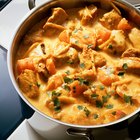
Ancient Indian Cooking Methods

Facts About Italian Cuisine

Are Juniper Berries the Same As Capers?

African Food Facts

Afghan Spices

Types of Asian Food

Hopi Indian Foods

The Differences Between a Gyro & a ...

History of African Peanut Soup

What Type of Food Do People in Honduras ...
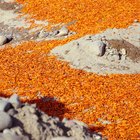
Peruvian Cooking Spices
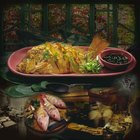
How to Cook a Whole Fish Jamaican Style

A List of Foods From the Medieval Times

Difference Between Soba and Udon Noodles

List of Cuban Foods

Southeast Asian Diet & Nutrition
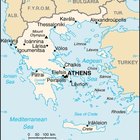
Staple Foods in Greek Culture

Difference Between Gumbo and Etouffee
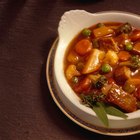
How to Cook Stew in a Slow Cooker
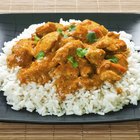
Sources of Calcium in Indian Food
References
Writer Bio
A graduate of the University of Minnesota, Charles Fredeen is a writer with a love of politics and journalism living in Los Angeles. He has written four published books, including a biography of the journalist Nellie Bly. With more than 25 years of writing, he has also written numerous articles for publications, including the "Los Angeles Times" and "Los Angeles Magazine."